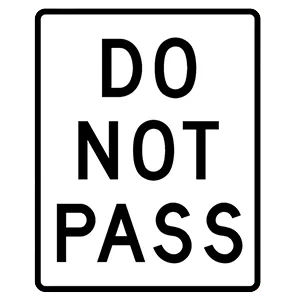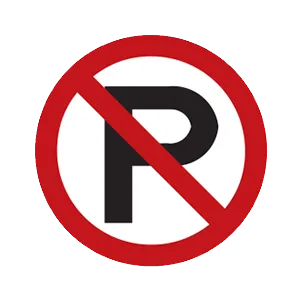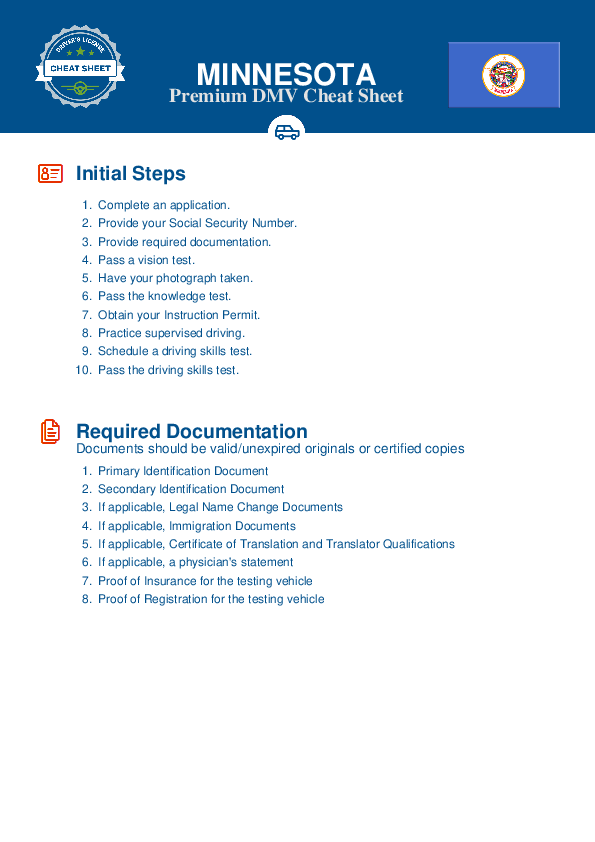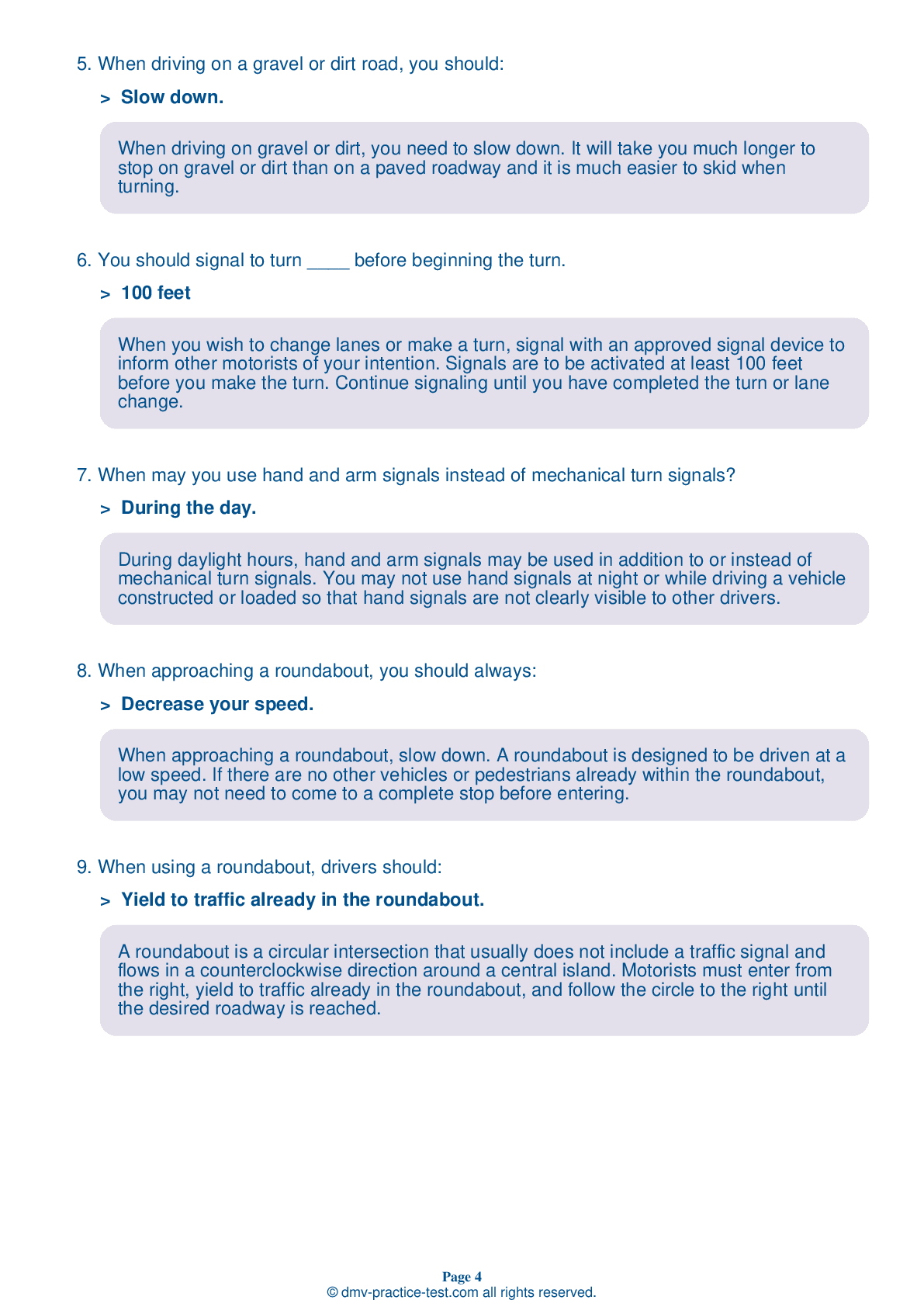FREE Minnesota DMV Practice Test #22 Page 3 of 5
The Minnesota DMV practise examinations have been updated for January 2026. It includes questions based on the Minnesota Driver Handbook's most essential traffic signals and laws for 2026. Use actual questions that are very similar (often identical!) to the DMV driving permit test and driver's licence exam to study for the DMV driving permit test and driver's licence exam.
On the practise exam, each question gets a tip and explanation to help you remember the concepts. The written component of the official Minnesota DMV test will include questions about traffic rules, traffic signs, and driving statutes, as well as knowledge from the Driver Handbook.
To obtain a passing grade, you must correctly answer 32 of the 40 questions. To help you prepare for your instruction permit or driver's licence, take our Minnesota DMV practise test.
The DMV exam is available in several languages.
Using any kind of testing assistance will result in an automatic fail, and the DMV may take additional action against your driver's licence, so stay away from it.
17 . If you see this sign, you:

Regulatory signs are white, rectangular signs with black markings. Drivers must obey the instructions posted on all regulatory signs. Where this sign is posted, it is prohibited for drivers to pass one another.
18 . This sign means:

Regulation signs regulate traffic speed and movement, displaying rules which drivers must obey. This regulation sign indicates that parking is not permitted.
19 . This sign means:

A regulatory sign displaying a red circle with a red slash through the middle indicates that a specific action is prohibited. Right turns are not permitted where this sign is posted.
20 . When approaching a four-way stop, drivers must yield the right-of-way to all motorists who arrived before them.
At a four-way stop, you must yield the right-of-way to drivers who arrived before you. Wait your turn to enter the intersection.
21 . You are coming to an intersection and have a green light. Pedestrians are crossing against the red. You should:
Yield to pedestrians and cars that may be caught in an intersection when you have a green light. Be careful around pedestrians under every circumstance.
22 . The posted maximum speed limit is the fastest you can drive in an area.
The posted maximum speed limit is the fastest legal driving speed in an area, under ideal conditions. You must reduce your speed when conditions require it, such as when the roadway is slippery or when it is difficult to see clearly down the road.
23 . This sign means:

Regulation signs regulate traffic speed and movement, displaying rules which drivers must obey. This sign tells drivers the direction in which they must drive when turning onto a one-way street.
24 . You cannot pass safely on a two-way, two-lane street unless:
You cannot pass safely when driving on a two-way, two-lane street unless you can clearly see the road ahead, you can return to your lane before meeting oncoming traffic, and your vehicle is capable of the speed necessary to pass. Do not pass where it is illegal and unsafe to do so.
See the exact questions that will be on the 2026 Minnesota DMV exam.
99.2% of people who use the cheat sheet pass the FIRST TIME
LT gives us an insight on how the cheat sheet provided her with all the study questions she needed before taking her test.
Joe initially studied with the handbook and failed his test, he eventually found us online, studied and pass his test the first time around.



